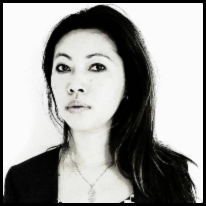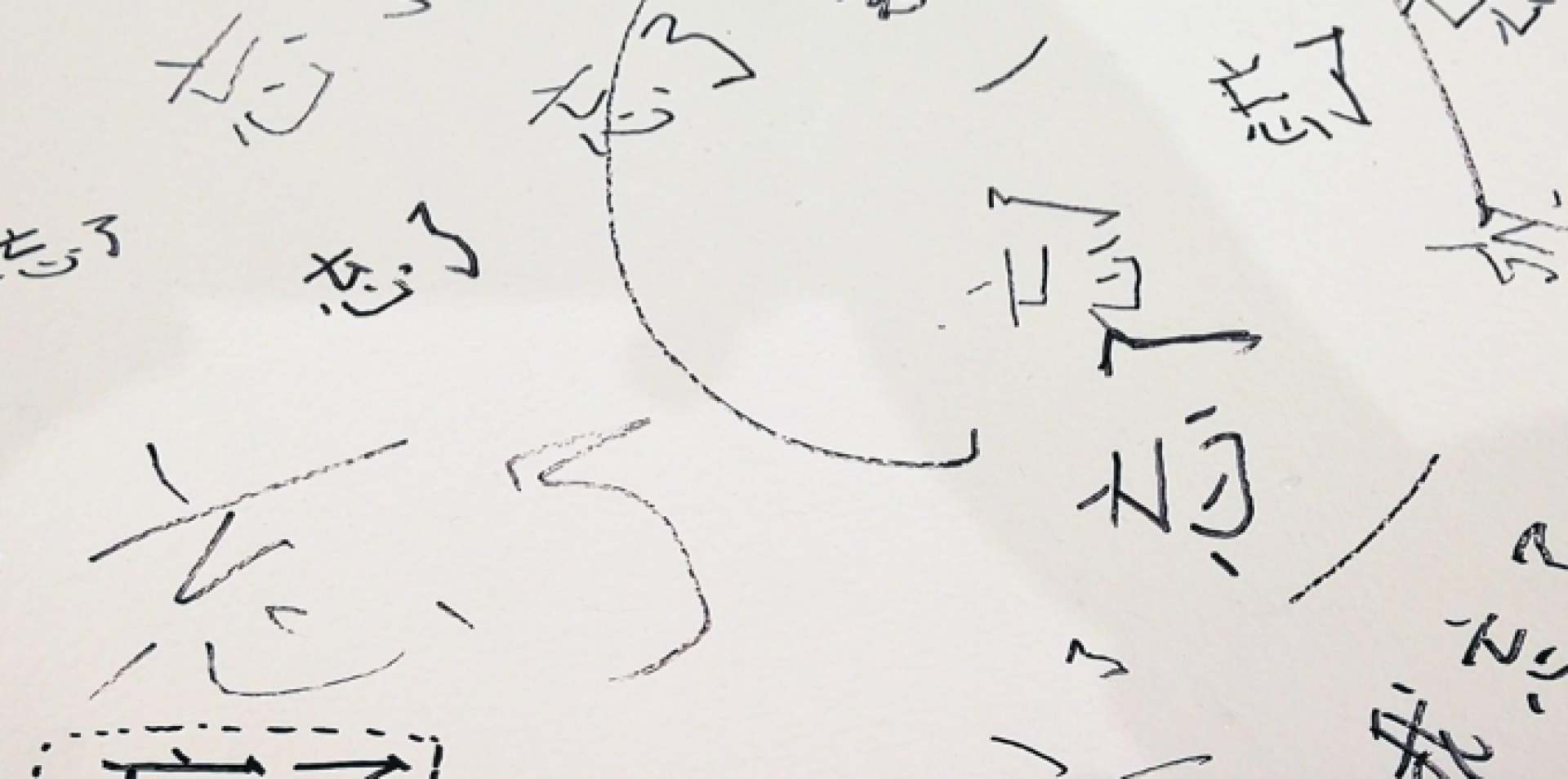Maria Cheng, Tang Wai Hung and Eric Choy, Essential Terms of Chinese Painting, City University of Hong Kong Press, 2018. 410 pgs.

Clearly, compiling a compendium of traditional Chinese painting stretching over thousands of years of civilization was never going to be an easy task. The strategy of the editorial team behind the massive undertaking of Essential Terms of Chinese Painting was to have three authors assigned to the project, each bringing to the table a unique vantage point to tackle the topic: Dr Cheng, an academic at City University of Hong Kong, is also the editor-in-chief of two women’s lifestyle magazines; Dr Tang is a professional curator and Dr Choy is a researcher and art writer. The end result is that Essential Terms, while an academic publication by an academic press, is refreshingly easy to read, just as a lifestyle feature would be. The curation is functional and thematic; hence, navigation through the content is systematic and uncomplicated, while the high level of detail presented boasts of intensive research that, as the foreword promises, “will be much-referenced in the field, helping people at home and abroad to appreciate Chinese art and the culture from which it arises.”
Some facts: the book features over 500 full-colour illustrations, pictures and reproductions over twelve chapters and 900 terms that explain the broad spectrum of Chinese traditional painting. There is no attempt to dilute the vast scope and immense depth of this art form, which dates back to antiquity. This is all the better—unlike some books about the East published in the West which, in the presence of a translating white gaze, often employs a reductive narrative through an anthropological slant to thread chapters one to the last using the voice of an omniscient orientalist expert. Instead, the flavour of Chinese art is fully embodied here, on its own terms, and it is extremely satisfying.
From the start, the book plunges right into the different genres of Chinese art, most notably the categories of landscape, figure and bird-and-flower painting. Other categories include religious subjects such as the Buddha, bodhisattvas, heavenly emperors and Taoist deities, sagacious creatures like dragons and tigers, notable human figures, bamboo amidst nature, mules and other work animals, utensils and implements, buildings and architectural drawings, farming and weaving as well as ornaments and inlays.
Consequently, the book offers discussions about theories, connoisseurship and criticism, techniques, types of painting, formats and mounting, and so on. Each term in the book, written in English, is accompanied by its Chinese and hanyu pinyin equivalent and, under its explanation, carefully describes the techniques involved—for example, how various types of wrinkling are created using different brushstrokes, hairs and fibers according to school of thought, painter and region; or how eclectic dotting and multiple ink types, inkstones and papers produce dissimilar effects.
While this reviewer knows a thing or two about Western art, as an ethnic Chinese person based in Asia, I sometimes forget how Chinese aesthetics differs from the West in one notable aspect. Naturalism in Western art, across continents, countries and cultures, has for centuries been considered aesthetically important and a quasi-photographic documentation of subject matter from the liturgical to political to nobility to landscapes. On the other hand, in Chinese aesthetics, symbolism is accorded higher prestige than realistic depiction, despite the latter being technically more demanding. This is likely because artisanship, to the Chinese literati—who are often both painters and poets in the art of ekphrasis, evidenced by their paintings of symbolic landscapes or nature accompanied by calligraphy—is seen as a blatant and unoriginal copying of the environment. What distinguishes art from craft for these intellectuals is the concept of abstraction, for it seems that a successfully executed painting should be a profound expression of a tortured mind—for instance, depictions of a recluse wandering through mountains or fishing in streams—which, interestingly, echoes similar principles with the modernist aesthetics in the West.
In short, for art lovers, Essential Terms will be a much prized addition to their collection, for the scholarship behind the book, spanning over 400 pages, is evidently robust and thorough. While it does not strive to present the “complete” list of terms of Chinese traditional painting, this is still an outstanding volume in what I admire as a somewhat encyclopedic effort. By not dumbing down or deliberately obfuscating the language, the editorial direction has ensured a pleasurable read that is also educational.
Even as Essential Terms is “not intended to be exhaustive” as disclaimed in the Preface, the book is, nevertheless, chock-full of insight and images well worth a semester or two of East Asian art history. This is the kind of perennial reference that is more than welcome on a wide range of bookshelves, from that of an art enthusiast to a curious reader to a hoarder of knowledge, of whom this reviewer confesses to being all three.
![]()

Grace Chia is the author of two poetry collections, womango and Cordelia, a short story collection, Every Moving Thing That Lives Shall Be Food, a novel, The Wanderlusters, two nonfiction books and was the editor of the anthology, We R Family. Her work has been anthologised in Singapore and abroad, including the Anthology of English Writing in Southeast Asia, Singapore Literature in English, Mining for Meaning, Fish Eats Lion, A Luxury We Cannot Afford, From Walden To Woodlands, UnFree Verse, QLRS, Poetry.sg, HOW2, Blue Lyra Review, SingaporePoetry.com, Lyrikline, Stylus Poetry Journal, and has been translated for die horen (Germany), La Traductiere (France) and Knijzevne Novine (Serbia). The inaugural NAC-NTU Writer-in-Residence for 2011-2012, she has taught creative writing, mentored emerging writers and judged national poetry competitions.
